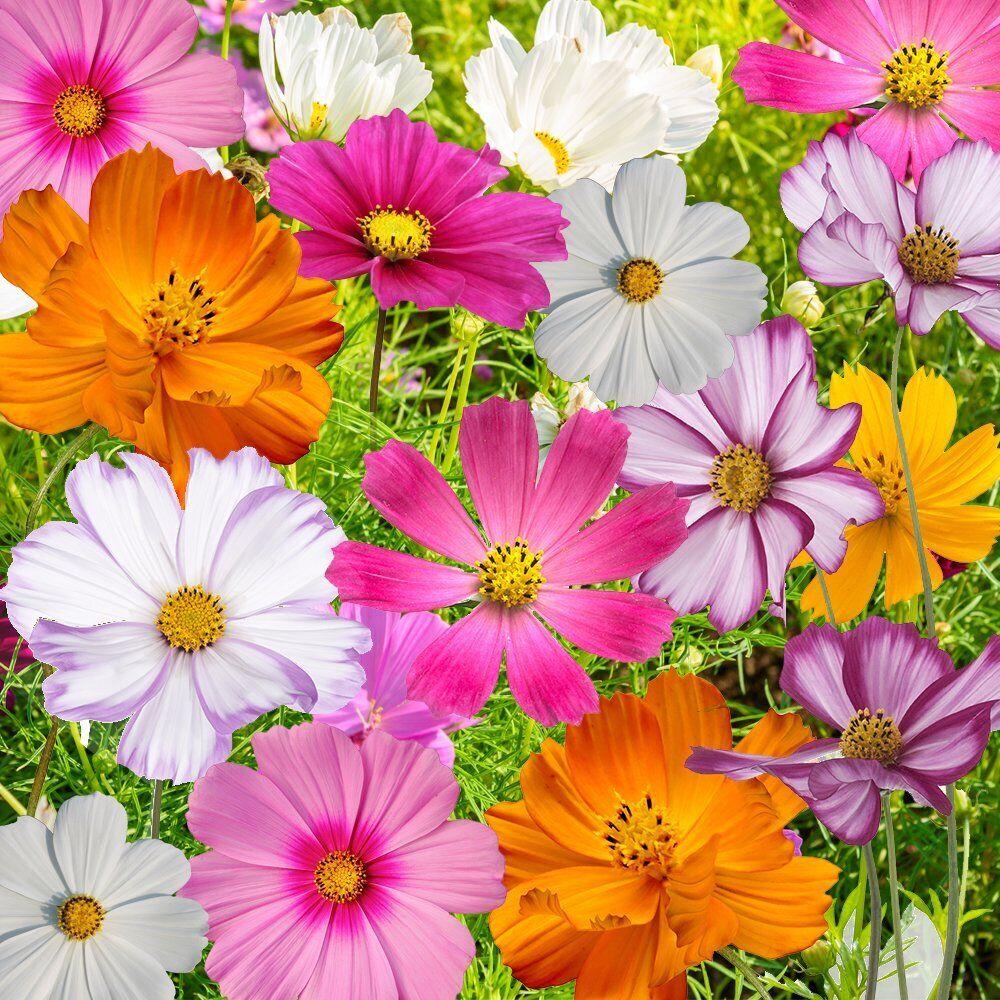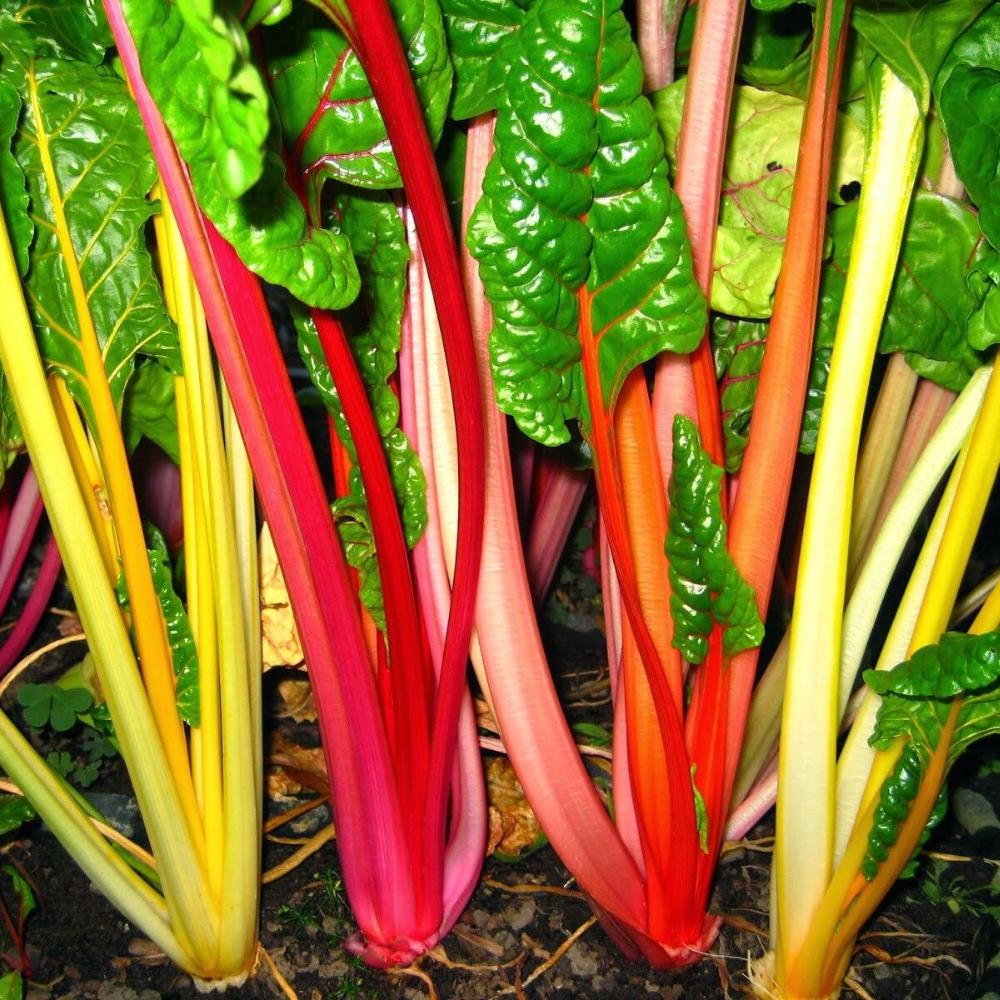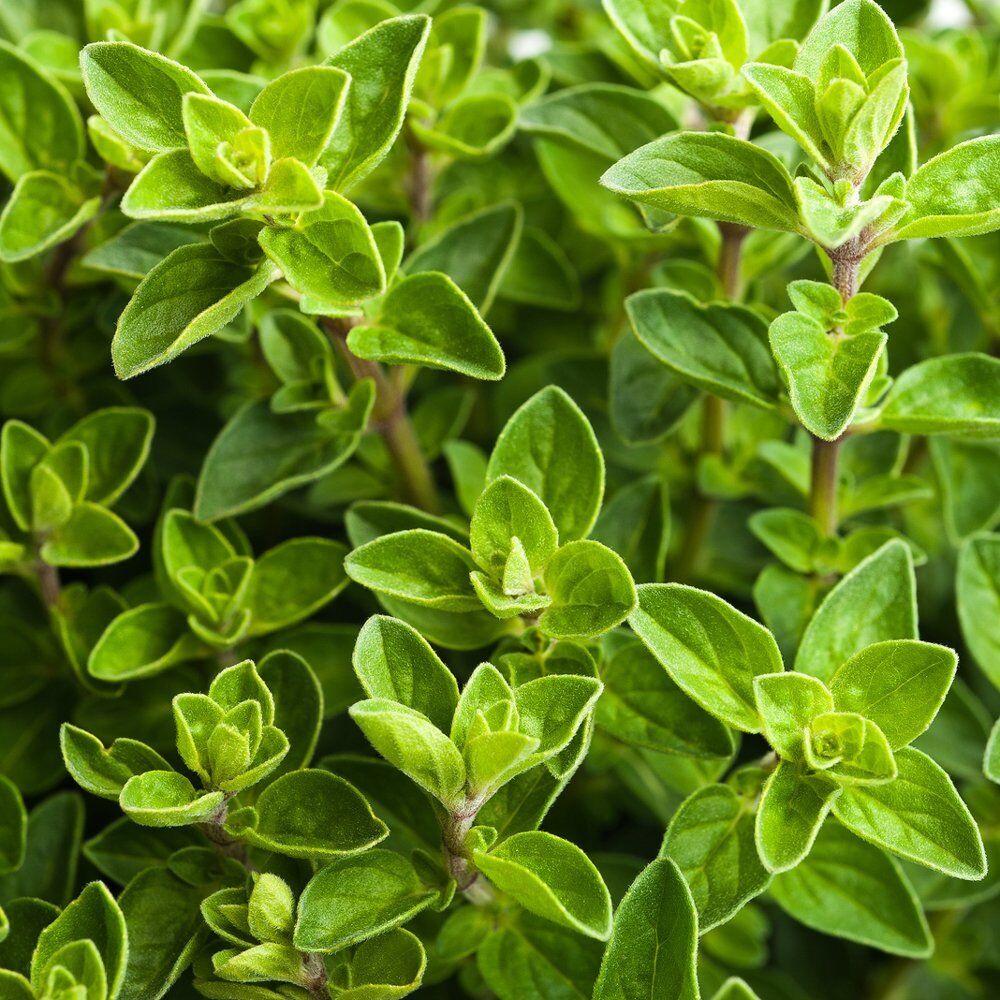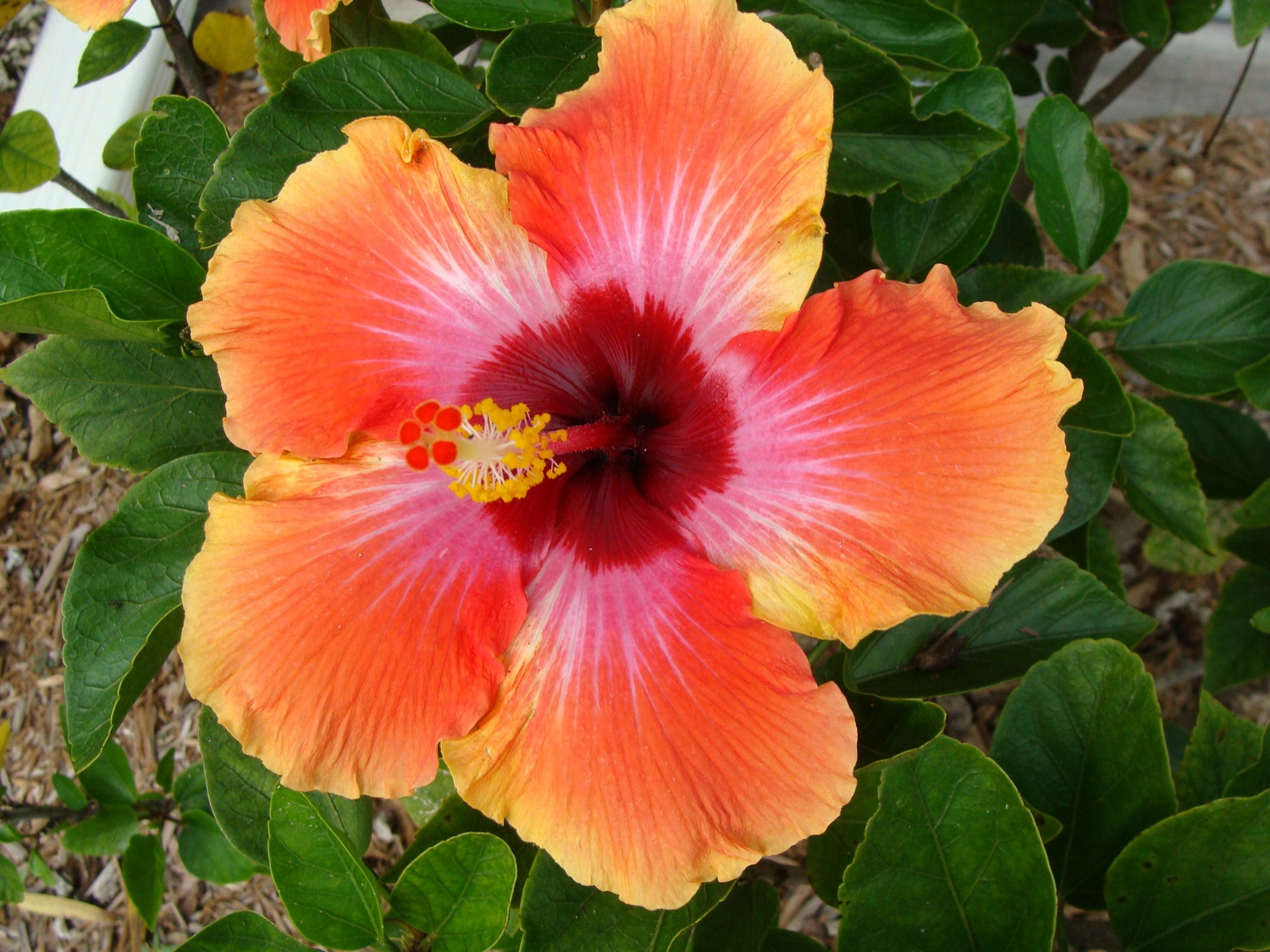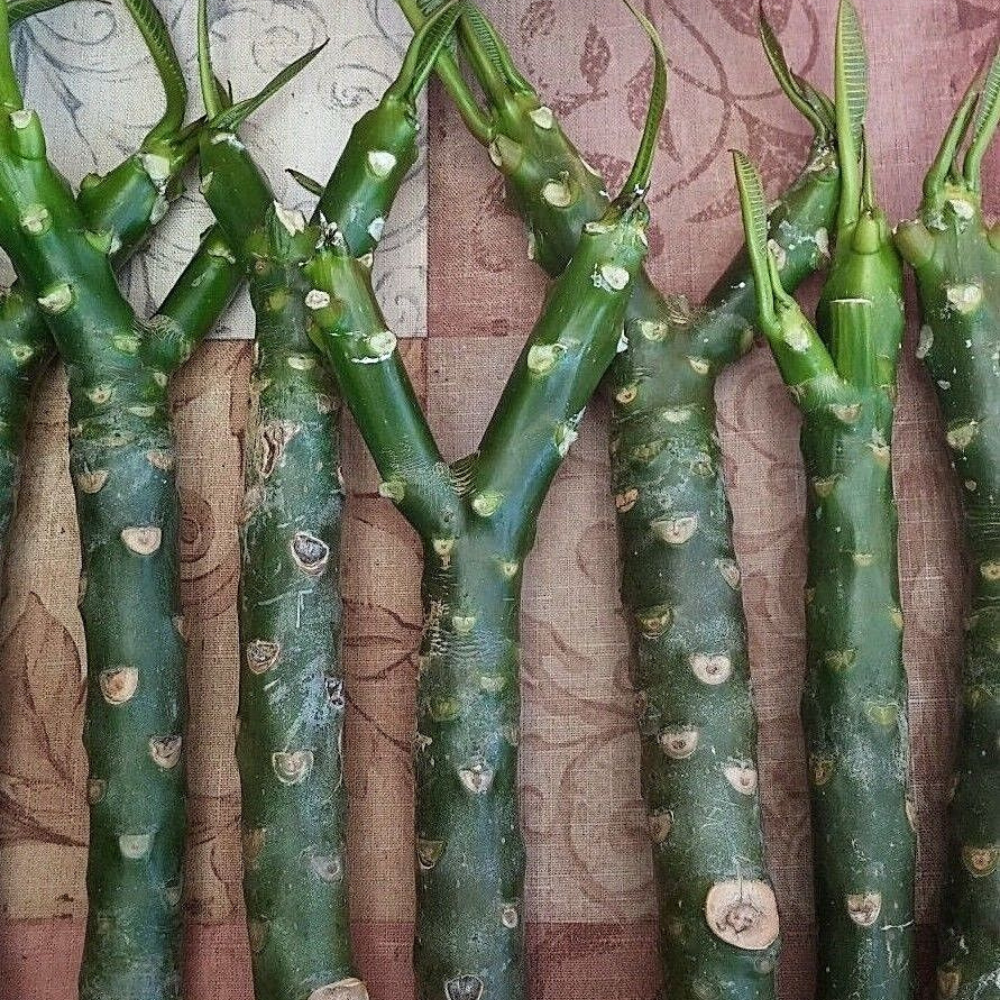When it comes to adding unique and beautiful trees to your landscape or garden, the Taxodium Distichum Bald Cypress is a fantastic choice. Known for its stunning, feathery foliage, stunning fall colors, and adaptability to wet environments, this tree can bring a touch of elegance and ecological balance to any space. One of the most exciting aspects of cultivating Bald Cypress trees is growing them from seeds. In this comprehensive guide, we’ll explore everything you need to know about Taxodium Distichum Bald Cypress seeds—from planting tips to care and maintenance—ensuring your success as you grow this magnificent tree.
What is Taxodium Distichum (Bald Cypress)?
Before diving into seed propagation, it's important to understand the tree itself. The Taxodium Distichum, commonly known as the Bald Cypress, is a deciduous conifer native to the southeastern United States. It's famous for its ability to thrive in a variety of conditions, including wet, swampy environments. With a striking, pyramidal shape, the Bald Cypress is also known for its unique ability to lose its needles in the fall, hence the name "Bald."
The tree can grow up to 100 feet tall and is commonly found along riverbanks and wetlands, making it an excellent option for landscaping in moist soil conditions. Its cone-shaped fruit and soft, feathery foliage contribute to its ornamental appeal.
How to Grow Bald Cypress Trees from Seed
If you’re interested in growing Bald Cypress trees from seed, you’ll need a bit of patience and care. Here's a step-by-step guide on how to properly plant and nurture Taxodium Distichum Bald Cypress seeds.
1. Collecting Bald Cypress Seeds
The first step is to obtain high-quality seeds. Bald Cypress trees typically produce their seeds in late fall, in the form of small cones. These cones contain seeds that are a reddish-brown color, and they are ready to be harvested once they begin to open. Ensure the seeds are fully mature before collecting them to increase the chances of successful germination.
2. Stratification Process (Cold Treatment)
Bald Cypress seeds require a cold stratification process to break dormancy. This step mimics the natural winter conditions that seeds experience in the wild. To stratify your seeds:
- Place the collected seeds in a sealed plastic bag with a small amount of moistened sand or peat moss.
- Store the bag in the refrigerator for about 30 to 60 days. This cold period is essential for improving germination rates.
3. Planting the Seeds
After stratification, you can begin planting the seeds. Here’s how to do it:
- Timing: Plant the seeds in early spring, once the danger of frost has passed.
- Soil: Choose well-draining, moist soil. Bald Cypress seeds prefer slightly acidic to neutral soil, and they thrive in areas with high moisture levels, such as wetlands or near ponds.
- Plant Depth: Plant the seeds about 1/4 to 1/2 inch deep. Space them about 3 to 4 inches apart to allow room for growth.
4. Germination and Early Growth
Bald Cypress seeds typically take 2 to 4 weeks to germinate after planting. Keep the soil consistently moist, but not waterlogged. Once the seedlings emerge, they will require plenty of light to grow strong and healthy. Consider placing them in a spot that receives full to partial sunlight.
Care and Maintenance of Bald Cypress Seedlings
Caring for your young Bald Cypress trees is critical to ensuring their long-term health. Here are some important tips:
1. Watering
Bald Cypress trees thrive in wet conditions. When your seedlings are young, make sure they receive ample water, especially in the warmer months. However, avoid overwatering, as this can lead to root rot. The key is to maintain consistently moist, but well-drained soil.
2. Fertilization
Bald Cypress trees are relatively low-maintenance when it comes to fertilization. If your soil is poor or you notice slow growth, you can apply a slow-release, balanced fertilizer in early spring to give the seedlings a boost. Be cautious not to over-fertilize, as too much nitrogen can damage the tree.
3. Pruning
As your Bald Cypress trees mature, you may need to prune them occasionally to remove dead or damaged branches. Young trees generally have a strong, pyramidal form, but you can help guide their growth by removing any crossing branches that could cause issues as they grow taller.
4. Protection from Pests
While Bald Cypress trees are generally resistant to pests, young seedlings are more vulnerable. Keep an eye out for insects such as aphids or caterpillars, which can damage the new growth. Use organic insecticidal soap or neem oil if necessary to control pests, or introduce natural predators like ladybugs to the area.
Why Choose Taxodium Distichum Bald Cypress for Your Landscape?
The Bald Cypress offers several advantages for landscaping and environmental purposes:
- Adaptability: The Bald Cypress is highly adaptable, thriving in a range of soil types from acidic to alkaline, and in both dry and wet conditions. It’s an excellent choice for wetland restoration projects and areas with poor drainage.
- Aesthetic Appeal: This tree’s elegant, feathery foliage and striking red-orange hues in the fall provide year-round beauty. Its distinct, graceful shape also makes it a fantastic ornamental tree for large gardens and parks.
- Wildlife Habitat: Bald Cypress trees provide a natural habitat for a wide range of wildlife, from birds to amphibians. The tree’s structure is often used by animals for shelter, making it an important ecological addition.
Common Challenges in Growing Bald Cypress from Seed
While growing Taxodium Distichum Bald Cypress seeds can be rewarding, there are a few challenges to be aware of:
- Slow Germination: Germination can take a few weeks to a few months. Be patient and maintain ideal growing conditions to increase your chances of success.
- Vulnerability to Overwatering: While the tree likes moisture, the seedlings can suffer from root rot if overwatered or if the soil is not well-draining.
Growing Taxodium Distichum Bald Cypress seeds is an enriching experience that allows you to connect with nature and watch a majestic tree grow over time. By following proper planting, care, and maintenance guidelines, you can enjoy the beauty and benefits of this remarkable tree in your own backyard. Whether you're looking to add a unique element to your landscape or create a habitat for wildlife, the Bald Cypress is an excellent choice for both seasoned gardeners and beginners alike.
With its low-maintenance care requirements, stunning aesthetic appeal, and environmental advantages, the Bald Cypress is truly a tree worth growing. Happy planting!


